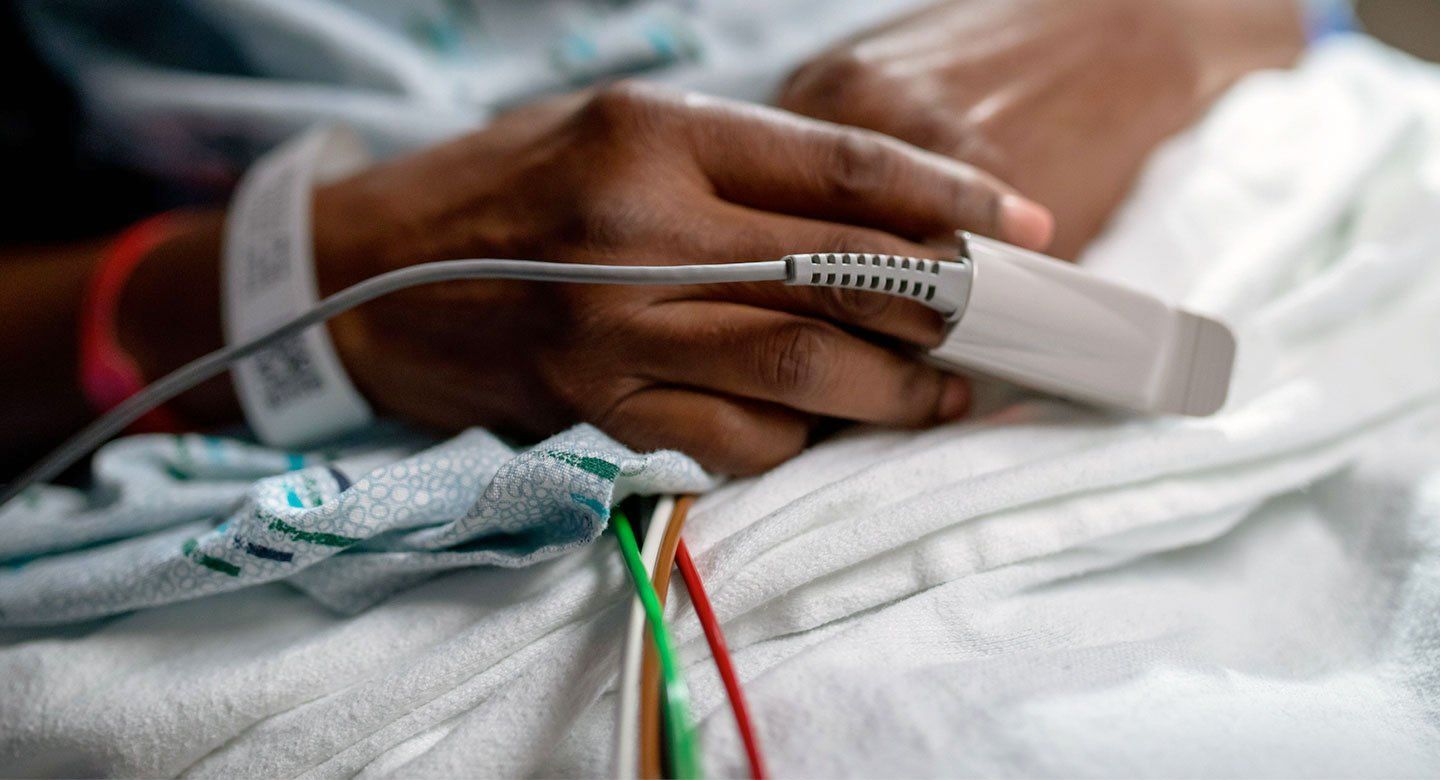When you go to a pharmacy and pick up medications for a cold, allergies, headache, or pain relief, it is assumed that these products are safe to use since they have been tested, vetted, and put on the shelf. Consider for a moment the pulse oximeter. These small devices, routinely used in hospitals, medical clinics and even at home, are clipped onto a finger to measure blood oxygen saturation. The global rush to buy pulse oximeters for home use during the COVID-19 pandemic reflected a greater public awareness of their utility. The demand grew as people craved a way to monitor their health. However, after further inquiry, the limitations and accuracy of these over the counter (OTC) devices have been found to be affected by factors including skin pigmentation, thickness, temperature, and even nail polish!
Pulse oximeters became a widely used commercial tool for navigating health concerns during the early days of the COVID-19 pandemic. The OTC variety is sold directly to consumers and is intended for general health and fitness purposes; it is not approved for medical use. Important information about proper use and limitations of the OTC device were overlooked by many users, resulting in potentially inaccurate readings.Â
Even prescription pulse oximeters, which are tested and FDA approved, have been shown to be less accurate for people with darker skin tones. This flaw is an example that points to the need for broader clinical testing to determine who will,and moreover who will not, benefit from medical technologies.People with darker skin tones contain more melanin, which can change how much infrared light is absorbed. This can potentially produce false high pulse oximeter readings. This could translate into medical providers giving darker skinned patients less supplemental oxygen in healthcare settings than is actually needed.Studies funded by the National Institute of Diabetes and Digestive and Kidney Diseases reinforced this supposition, finding that pulse oximeter readings were artificially higher in darker skinned subjects (Black, Asian, Hispanic) than actual blood oxygenation levels of White patients. Another NIH-supported study at the University of Michigan found similar results, resulting in Black patients being at higher risk for hypoxemia.
A groundbreaking survey on the demographics of innovation reveals the need for the U.S. to broaden the pool of potential innovators that reflect the country’s demographics. The Information Technology and Innovation Foundation study found that U.S. innovation demographics differ significantly from our country’s demographics and those of college-educated Americans—even those with advanced degrees in science or engineering. With only 8% minorities and 12% women, it should not be surprising that products coming out of our innovation ecosystem reflect the majority of innovators.Â
Awareness of the limitations of pulse oximeters, especially those that are not medical grade, was communicated by theFDA in 2021 informing the public that “…although pulse oximetry is useful for estimating blood oxygen levels, pulse oximeters have limitations and a risk of inaccuracy under certain circumstances that should be considered.” In November 2022, FDA held an advisory committee to review clinical data on the accuracy of pulse oximeters in people with darker skin and whether to provide warning to this effect. In February of this year,an FDA advisory committee recommended more diversity in clinical trials for pulse oximeters. An expert suggested that studies should evaluate how the devices perform over time for different skin tones.Â
Is the pulse oximeter a flawed innovation? On one hand, it is an example of a technology that is useful for those who have conditions that affect oxygen saturations, including asthma, pneumonia, and heart failure. On the other hand, the artificially high readings for those with darker skin puts these people at higher risk for hypoxia. This example illuminates two key actions that are needed in the health technology sector: First, design and conduct clinical trials to derive valid and meaningful scientific clinical conclusions from demographically diverse populations. Factors that should be considered include age, gender, genetics, race, and geography. Second, our country needs to take steps towards broadening our pool of potential health innovators by providing STEM education opportunities and programs early and often across socioeconomic levels and communities. Populating the health innovation ecosystems to reflect our country’s demographics can help ensure effective products and access across communities. Our country needs to take steps towards broadening our pool of potential health innovators with better STEM education opportunities and programs.Â
With a little effort and a strong focus on health equity and inclusion in both clinical studies and education, we can rectify these limitations in data collection, research and development to improve health innovations moving forward.



